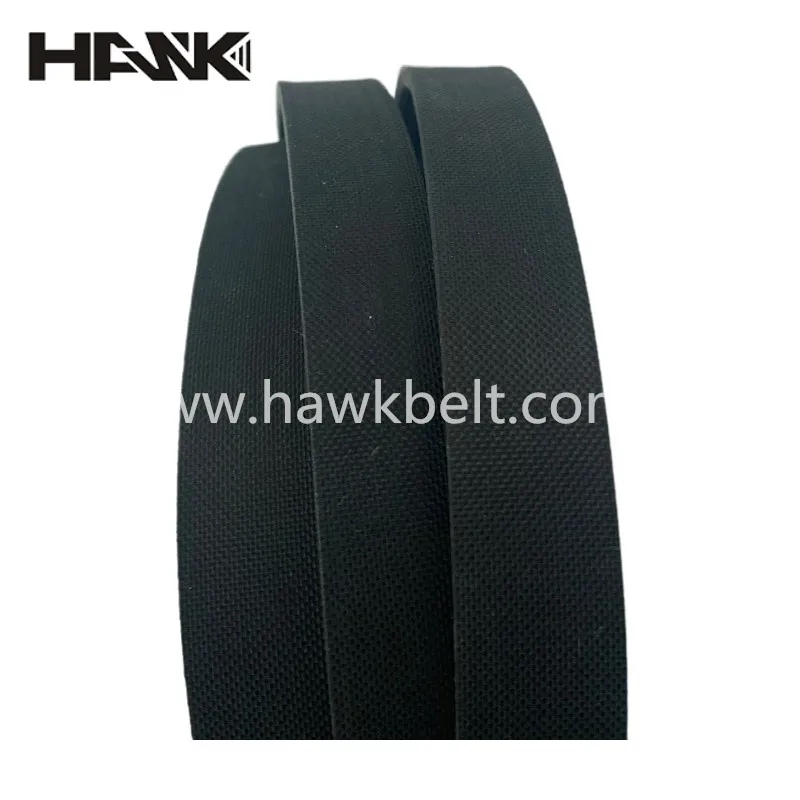- Arabic
- French
- Russian
- Spanish
- Portuguese
- Turkish
- Armenian
- English
- Albanian
- Amharic
- Azerbaijani
- Basque
- Belarusian
- Bengali
- Bosnian
- Bulgarian
- Catalan
- Cebuano
- Corsican
- Croatian
- Czech
- Danish
- Dutch
- Afrikaans
- Esperanto
- Estonian
- Finnish
- Frisian
- Galician
- Georgian
- German
- Greek
- Gujarati
- Haitian Creole
- hausa
- hawaiian
- Hebrew
- Hindi
- Miao
- Hungarian
- Icelandic
- igbo
- Indonesian
- irish
- Italian
- Japanese
- Javanese
- Kannada
- kazakh
- Khmer
- Rwandese
- Korean
- Kurdish
- Kyrgyz
- Lao
- Latin
- Latvian
- Lithuanian
- Luxembourgish
- Macedonian
- Malgashi
- Malay
- Malayalam
- Maltese
- Maori
- Marathi
- Mongolian
- Myanmar
- Nepali
- Norwegian
- Norwegian
- Occitan
- Pashto
- Persian
- Polish
- Punjabi
- Romanian
- Samoan
- Scottish Gaelic
- Serbian
- Sesotho
- Shona
- Sindhi
- Sinhala
- Slovak
- Slovenian
- Somali
- Sundanese
- Swahili
- Swedish
- Tagalog
- Tajik
- Tamil
- Tatar
- Telugu
- Thai
- Turkmen
- Ukrainian
- Urdu
- Uighur
- Uzbek
- Vietnamese
- Welsh
- Bantu
- Yiddish
- Yoruba
- Zulu
oct. . 12, 2024 00:24 Back to list
Understanding Timing Belt Mechanics and Maintenance for Optimal Engine Performance
Understanding Timing Belts Importance and Maintenance
In the intricate machinery that keeps our vehicles running smoothly, one component often goes unnoticed the timing belt. This crucial element plays an essential role in the functioning of an internal combustion engine by synchronizing the rotation of the crankshaft and camshaft. Understanding the timing belt's function, importance, and maintenance can significantly impact a vehicle's performance and longevity.
What is a Timing Belt?
A timing belt is a flexible, toothed rubber belt that connects the crankshaft to the camshaft of an engine. Its primary function is to ensure that the engine's intake and exhaust valves open and close at the correct times during each cylinder's intake and exhaust strokes. This synchronization is critical for optimal engine performance and efficiency.
Timing belts are typically made from high-strength materials, including reinforced rubber, which allows them to withstand the extreme conditions within the engine environment. Over time, however, exposure to heat, oil, and other chemicals can lead to deterioration, making it vital for vehicle owners to monitor their condition.
Importance of the Timing Belt
The timing belt is vital for several reasons
1. Engine Performance Proper timing ensures that the engine operates efficiently. If the belt fails or skips a tooth, it can cause the engine's timing to become misaligned, leading to a decrease in performance or even catastrophic engine failure.
2. Preventing Engine Damage Many engines are designed with what is called an interference fit, where the piston can strike the valves if the timing belt fails. This can result in significant damage, requiring costly repairs or complete engine replacement.
3. Reliability A well-maintained timing belt contributes to the overall reliability of a vehicle. Regular inspection and timely replacement can prevent unexpected breakdowns and extend the life of the engine.
Signs of a Worn Timing Belt
As with any mechanical component, timing belts can wear out over time. Here are some signs that may indicate it's time for a replacement
timing belt viva

- Unusual Noises If you hear a high-pitched squealing or grinding noise coming from the engine, it may be a sign that the timing belt is worn or misaligned.
- Engine Misfiring If the belt has slipped or become damaged, it can lead to engine misfires, poor performance, and reduced fuel efficiency.
- Oil Leaks Timing belts are often located near the oil pump, and if you notice oil leaks, it may indicate that the belt is rubbing against other components or has suffered damage.
- Check Engine Light A check engine light can be triggered by various issues, including timing belt problems. It's wise to have the vehicle diagnosed by a professional if this light comes on.
Maintenance Tips
To ensure the longevity and proper functioning of your timing belt, consider the following maintenance tips
1. Follow Manufacturer Guidelines Each vehicle has specific recommendations for timing belt replacement intervals. Consult your owner’s manual or a trusted mechanic to determine when the belt should be replaced.
2. Regular Inspections Periodic inspections of the timing belt can help catch any wear or damage early. Look for cracks, fraying, or signs of oil contamination.
3. Replace the Water Pump Since the water pump is often located near the timing belt, it’s a good idea to replace it simultaneously. A failing water pump can result in engine overheating, which can damage the belt.
4. Professional Installation Timing belts should be replaced by trained professionals. Electrical systems and tensioning mechanisms must be calibrated precisely to ensure optimal performance.
Conclusion
In conclusion, the timing belt is a vital component in an internal combustion engine, serving as the backbone for synchronizing engine functions. Understanding its importance, recognizing the signs of wear, and adhering to maintenance schedules are crucial for vehicle owners. A well-maintained timing belt can prevent extensive engine damage, improve performance, and save money in repairs in the long run. Whether you’re a car enthusiast or a casual driver, taking care of your timing belt should be a priority to ensure your vehicle runs at its best for years to come.
-
Korean Auto Parts Timing Belt 24312-37500 For Hyundai/Kia
NewsMar.07,2025
-
7PK2300 90916-T2024 RIBBED BELT POLY V BELT PK BELT
NewsMar.07,2025
-
Chinese Auto Belt Factory 310-2M-22 For BMW/Mercedes-Benz
NewsMar.07,2025
-
Chinese Auto Belt Factory 310-2M-22 For BMW/Mercedes-Benz
NewsMar.07,2025
-
90916-02660 PK Belt 6PK1680 For Toyota
NewsMar.07,2025
-
drive belt serpentine belt
NewsMar.07,2025

